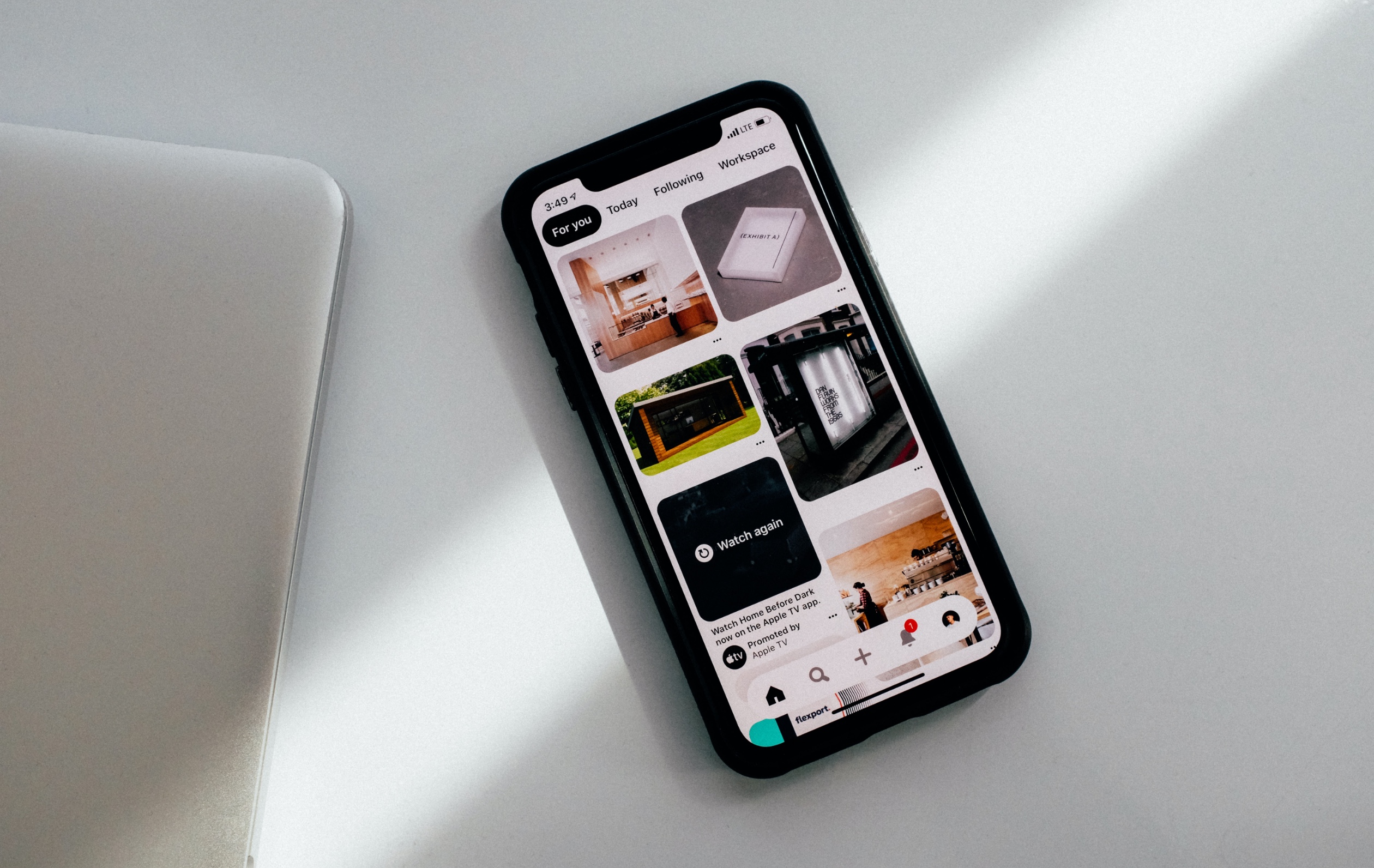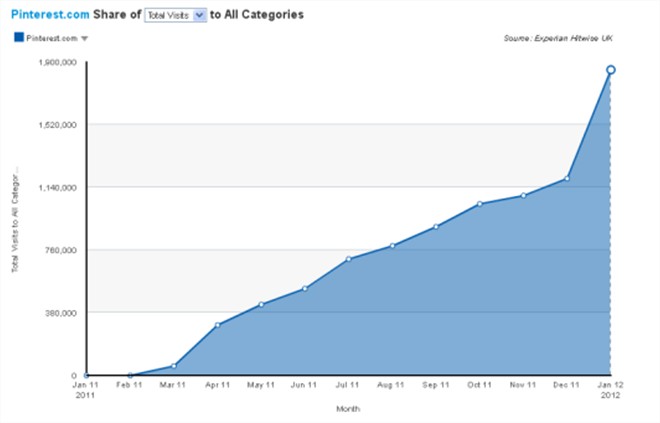
See why top ecommerce brands use Miva’s no-code platform to run
multiple stores, manage massive catalogs, and grow their revenue.
Every business constantly strives to grow their customer base; if it weren’t for the customers, the business wouldn’t exist, at least not for very long. It’s comparable to musicians – without their fans, they would be nothing. So naturally, business owners are always looking for new ways to stand out, to be different.
Have You Heard Of Pinterest?If not, it’s time to take your online business to the next level.
With hundreds of options out there, it can be challenging to choose the best (and most effective) method of marketing your business. With the birth of Pinterest, a virtual pin board, it’s never been easier to get your brand out there and partake in the online world of sharing (and buying). Pinterest is fun for its users and it’s an intuitive platform for business growth, which is a flawless combination.
Pinterest can basically sell products just in the way that it’s set up, but recognizing the inherent power for marketing –and giving consumers even more of what they want- can only help your business grow. Let’s take a look at what Pinterest is and how it can increase your sales.
A virtual bulletin board, except instead of Post-it notes, users pin websites or images.
Do you remember the days of bulletin boards, and pinning pictures of your celebrity crush, you and your friends, reminders and other various mementos up for all the world to see? Maybe you still use one today to remind you about your sister’s wedding or fondly remember last summer’s vacation. Pinterest embraces the same concept, only online. When broken down, the word Pinterest is literally the conjunction of “pins” and “interest.”
Users may create “boards” with a theme of their choosing, such as, “Dream House,” “Favorite Hair Products,” “Music to Buy,” “Wedding Inspiration,” etc. These boards are totally customizable by the user, and are basically a category of things they like. Once the boards are created, users may then “pin” pictures or videos to their created boards, similar to how you used to pin pictures to your bulletin board with push pins. These online “pins” can be found by following other people who have created boards or just by browsing through the different categories already created by Pinterest.
Pinterest is now the third most popular social networking site, right behind Facebook and Twitter, and in a whole new ballpark.
Pinterest is unlike Facebook or Twitter in that the items posted on Pinterest are more targeted. For example: you’re browsing through “Travel” pins on Pinterest. You see a picture you like, let’s say it’s a Bermudian beach with pink sand and turquoise water. You pin that picture to your “Places to Travel” board. When other pinners (term for other people who use Pinterest) look at your “Places to Travel” board, they are seeing traffic (pins) from you, as well as traffic from other pinners. They then may repin that picture of Bermuda to their board of a similar category, where other pinners may repin what they’ve pinned. In this way, every time something is pinned, it is related to an even wider audience with similar interests, where it can get picked up and re-shared and re-shared… Does your brain hurt yet?
Once you get past the whole “pinning” terminology, the concept is actually quite simple. You may not even know the person whose pins you’re repinning, but you are able to view pins based on what you’re interested in. Because Pinterest categorizes based on interest rather than followers or friends, like Facebook and Twitter, half the marketing is already done for you. For example, if you sell summer water toys and someone has a board called “Fun Things To Do In Summer,” one of your pictures may get pinned there – it’s a market already created without any effort on your part, and you wound up there simply because your business fits in that category. And every image or video that’s posted links back to the original website. See the connection?

From March 2011 to October 2011, Pinterest grew from 57,000 visits per month to 1 million. And now, the website boasts 10 million users.
So what does this mean for your business? Well consider this: Once someone clicks on a picture that they like, it takes them directly to the webpage it was pinned off of – yours. This means that the person who clicked on the pin was highly unlikely to have accidentally landed on your page. They chose to go there based on their interests, and they’re probably already looking for what you’ve got; your sale is already half complete! If your business hasn’t gotten in on the game yet, it’s about time.
Follow the steps below in order to make the most out of your pinning and increase sales.
No worries, download the PDF version now and enjoy your reading later...
Download PDF Miva
Miva
Miva offers a flexible and adaptable ecommerce platform that evolves with businesses and allows them to drive sales, maximize average order value, cut overhead costs, and increase revenue. Miva has been helping businesses realize their ecommerce potential for over 20 years and empowering retail, wholesale, and direct-to-consumer sellers across all industries to transform their business through ecommerce.
Visit Website